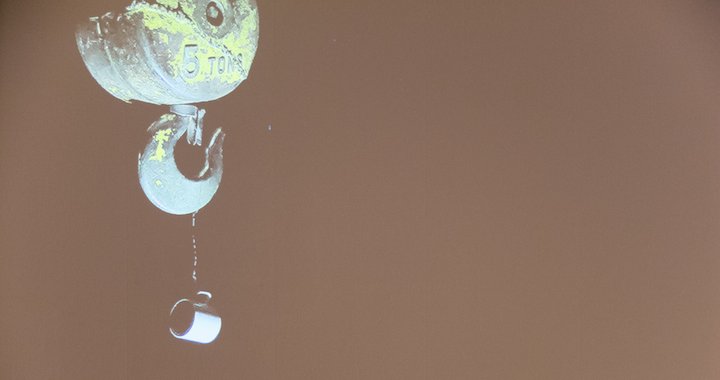
Art created in an 8 km wide and 15 km long studio
Q&A with the exhibition’s a co-curator Kristján Steingrímur and Tinna Guðmunds, Director of Skaftfell Center for Visual Art
20/03/2015
Photo: Daniel Perez Eðvarðsson
NO SOLO
Skaftfell Gallery, Seyðisfjörður, Iceland
Through 8 May, 2016
In February, students of the Iceland Academy of Arts came to Seyðisfjörður - a town in the Eastern Region of Iceland at the innermost point of the fjord of the same name. They participated in the annual Seyðisfjörður workshop under the guidance of artists Björn Roth and Kristján Steingrímur. The Seyðisfjörður workshop was launched in 2001 with Björn Roth as the instructor.
The core idea of the workshop is that Seyðisfjörður is transformed into an 8 km wide and 15 km long studio. The students are introduced to the particular town conditions, surroundings and facilities. Cooperation with local companies and residents plays a vital role.
“The workshop is in many ways very special,” says Tinna Guðmunds, Director of Skaftfell Center for Visual Art. “It is based largely on the techniques and teaching methods Björn has learnt working with his father, Dieter Roth. Björn worked with Dieter for decades, both practicing art and installing exhibitions. Dieter was a great enthusiast of art teaching. He believed that the most successful way to teach art is to do it outside traditional art schools, in close collaboration with artists and others who could give the students guidance. Based on Dieter’s theories, several artists connected to him founded the Dieter Roth Academy. These theories are the essence of the teaching methods used in the workshop.”
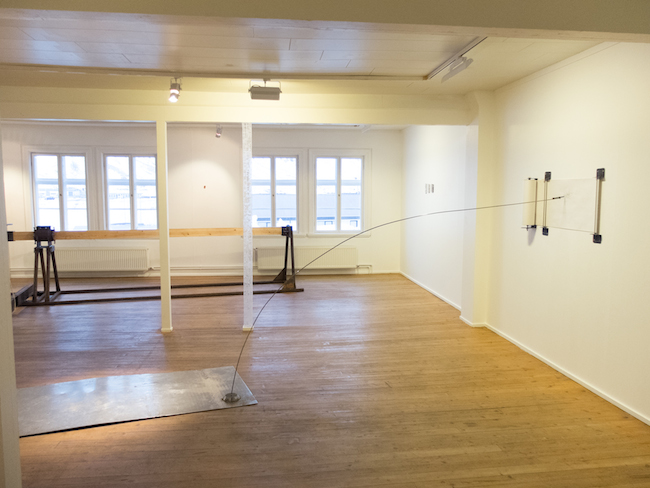
The works created by the students during the workshop will be on view at an exhibition entitled NO SOLO in the town of Seyðisfjörður through 8 May 2016.
What would be the three key reasons why visitors should attend this exhibition?
The exhibition, NO SOLO, presents playful artwork made from scratch within the time span of two weeks. The students are provided with full support and advice from the workshop teachers, the Skaftfell staff and local collaborators to fully explore the boundaries and limitations of artistic production. Analysis, justification or criticism are put on hold, and the time and space provided are used to experiment and extend artistic research.
Could you give us a few highlights of the body of work on view in this exhibition?
The exhibition features thirteen artworks, ranging from new media to large-scale outdoor sculptures. Impressions of the unique landscapes of the vicinity of Seyðisfjörður are reflected in many works – but many students were influenced and inspired by the local steel workshop, Stálstjörnur. Two large sculptures were produced there, a video recorded using a crane and items were borrowed both to make the exhibition visuals and artwork production. Other students found inspiration in more delicate materials, like wool and beads. Technology was also explored, for instance, using the science of holography to project a fly.
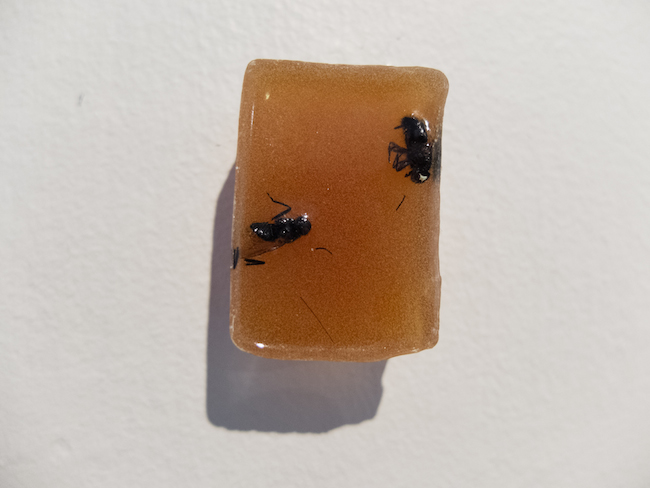
Could you outline the exhibition’s viewing experience and its layout?
The exhibition presents a unique opportunity to view what the artists of the future are working on as well as limitless creativity. The works differ from each other but the power of doing is very present. A large steel structure with a motor-propelled arm that continuously bends a wood girder is juxtaposed with a crocheted white yarn pillar. An interactive drawing sculpture invites the viewer to draw with their own body weight, and reality is challenged with the documentation of recent performances in the fjord.
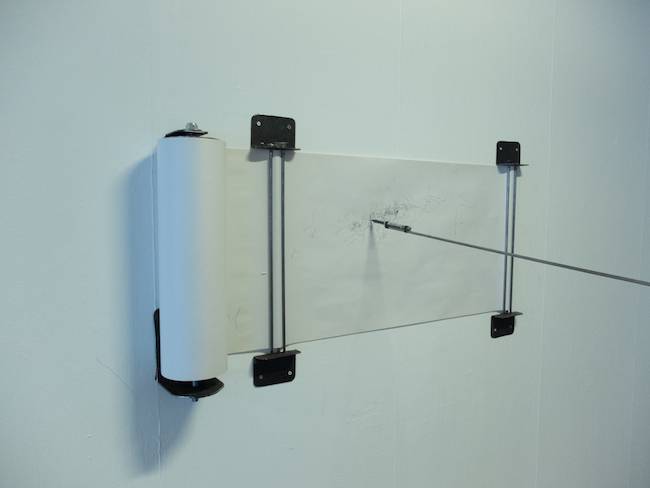
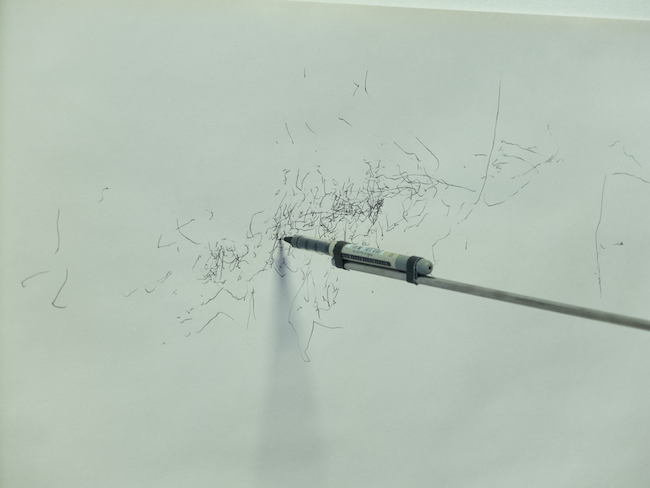
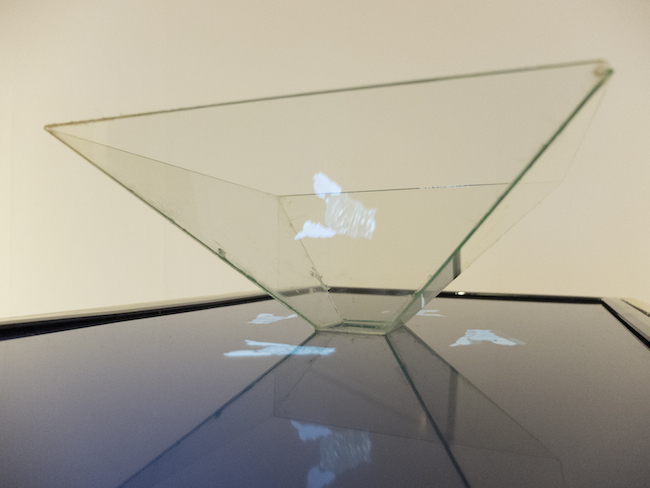
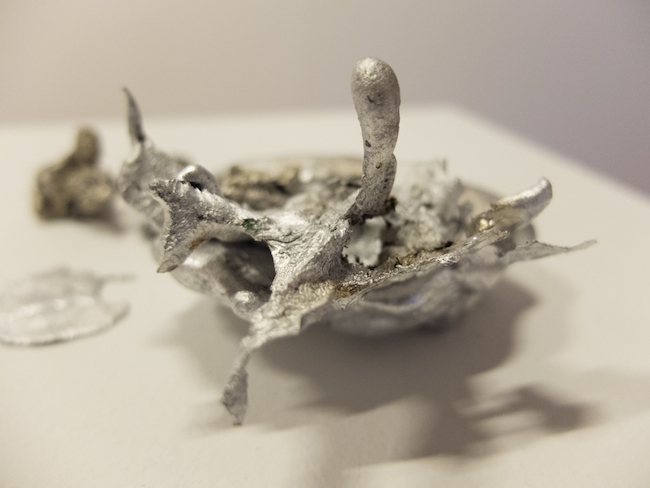
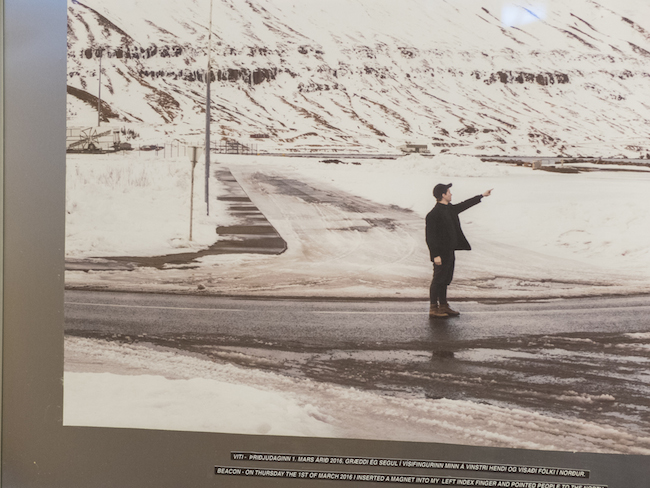
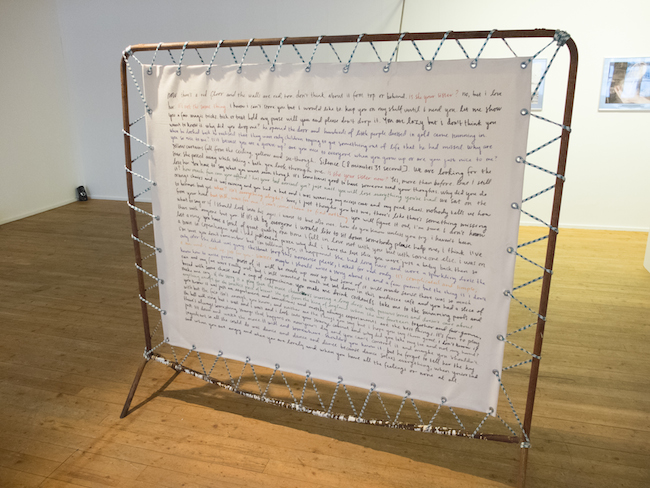

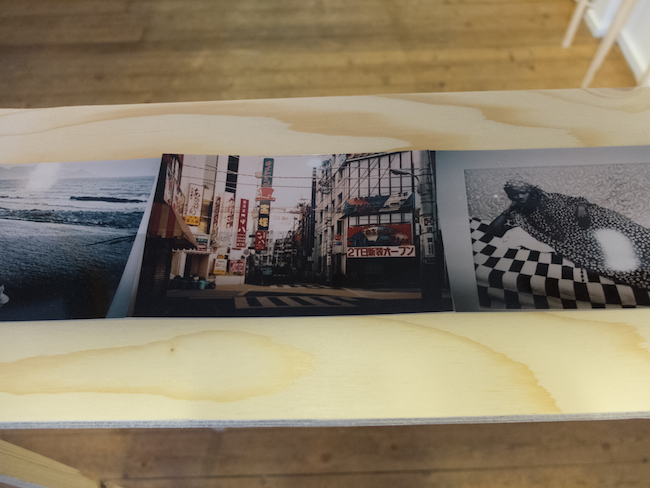
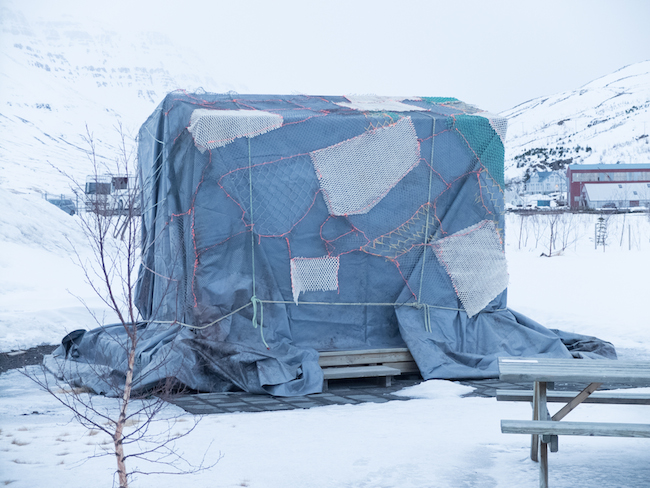
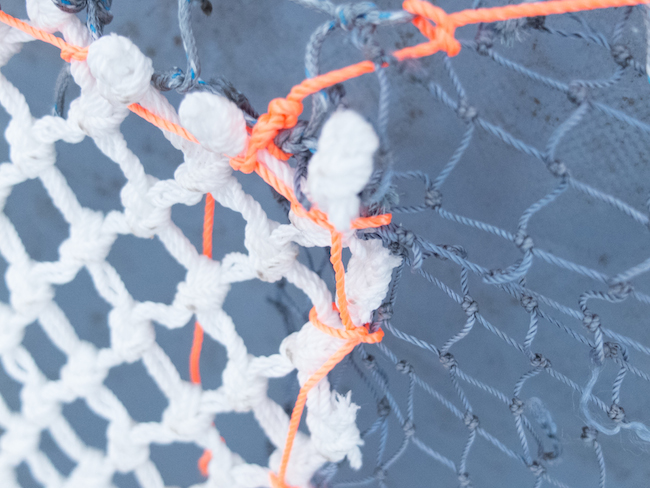
Artists: Árni Jónsson, Berglind Erna Tryggvadóttir, Daníel Perez Eðvarðsson, Fritz Hendrik Berndsen, Harpa Finnsdóttir, Indriði Arnar Ingólfsson, Katrín Helena Jónsdóttir, Kristín Helga Ríkharðsdóttir, Lísbet Guðný Þórarinsdóttir, Melanie Ubaldo, Salvör Sólnes, Snædís Malmquist